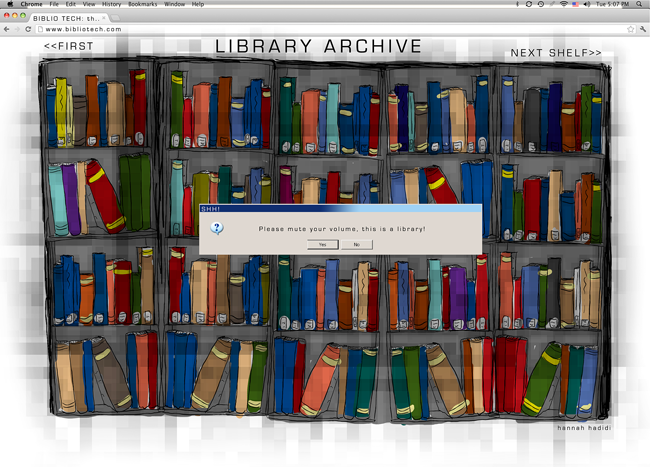In addition to the sheer number of books lining the shelves of UT Libraries, hundreds of thousands more are stored unseen in the form of e-books.
For UT Libraries, the rise of the digital age has involved transitioning from exclusively print content to also offering e-books that form the cores of UT’s digital databases.
“Today, we offer access to over 750,000 e-books and texts, and add more every day, in addition to tens of thousands of electronic journals and databases of digital content to support research in every subject and department at UT,” said Susan Macicak, the interim collection development officer at the UT Libraries.
Macicak said UT Libraries began to offer online material in the form of electronic journals in the early ‘90s. E-books were slower to follow, but eventually gained popularity through their benefits over print copies, Macicak said.
E-books require fewer staff and labor hours, which would have been spent binding, labeling, repairing, shelving and maintaining a precise preservation temperature for paper materials, according to Macicak. Most significantly, e-books provide reliable access to content at any time during any day, she said.
UT Libraries began their digital transition in 1989 when the Balcones Library Service Center, an outpost of the Engineering Library, adopted an electronic database called CASSIS that contained patent and trademark information. The Engineering Library became UT’s first all-electronic library. To access the database users had to load indexes into a computer via multiple CD-ROMs, and patent information was stored on microfilm.
Today’s UT Libraries provide a more modern process to search databases. Students can search online via portals in the UT Libraries’ website that filter by subject, with each subject having a reference to a librarian who is a specialist in that field. In addition, students can use the search platform scoUT to browse more than 100 million records from media including journals, art images, student theses, music and video recordings.
Librarian Amy Rushing oversees the University’s Digital Repository — a collection of student theses and dissertations, faculty research and department records students can search through.
“We created a digital repository back in 2008,” Rushing said. “The [records] in the repository are for the most part only available electronically.”
Macicak said the proportion of print material to electronic material has been decreasing over the years because of the increasing availability of e-books from suppliers.
“Primary emphasis is on acquiring current materials, with a special emphasis on increasing access to online scholarly resources,” Macicak said. “Online access is preferred when it is determined to best meet the needs of the Libraries’ users.”
With an increasing role in UT Libraries’ resources, electronic records comprise a growing proportion of the Libraries’ budget. Macicak said about 60 to 65 percent of the collection budget is now dedicated to acquiring electronic resources. UT Libraries spokesman Travis Willmann said UT’s total collection budget for the 2011-2012 school year amounted to roughly $14.8 million.
In addition to the large expenditures on electronic resources, Macicak said the Libraries will continue to offer print content in the future.
“It’s obvious that a blend of formats is still very essential to supporting the range of research and teaching of an institution like UT,” Macicak said.
With finals and research projects coming up at the end of the semester, students may find the array of both print and electronic resources at UT’s libraries helpful with studying and research. Meanwhile the Libraries will continue to add e-books and electronic records to their various databases.
“Technology enables new ways of working with content and it will be exciting to see where this takes us in the next few decades,” Macicak said.
Published on March 20, 2013 as "UT e-book collection on the rise".





















